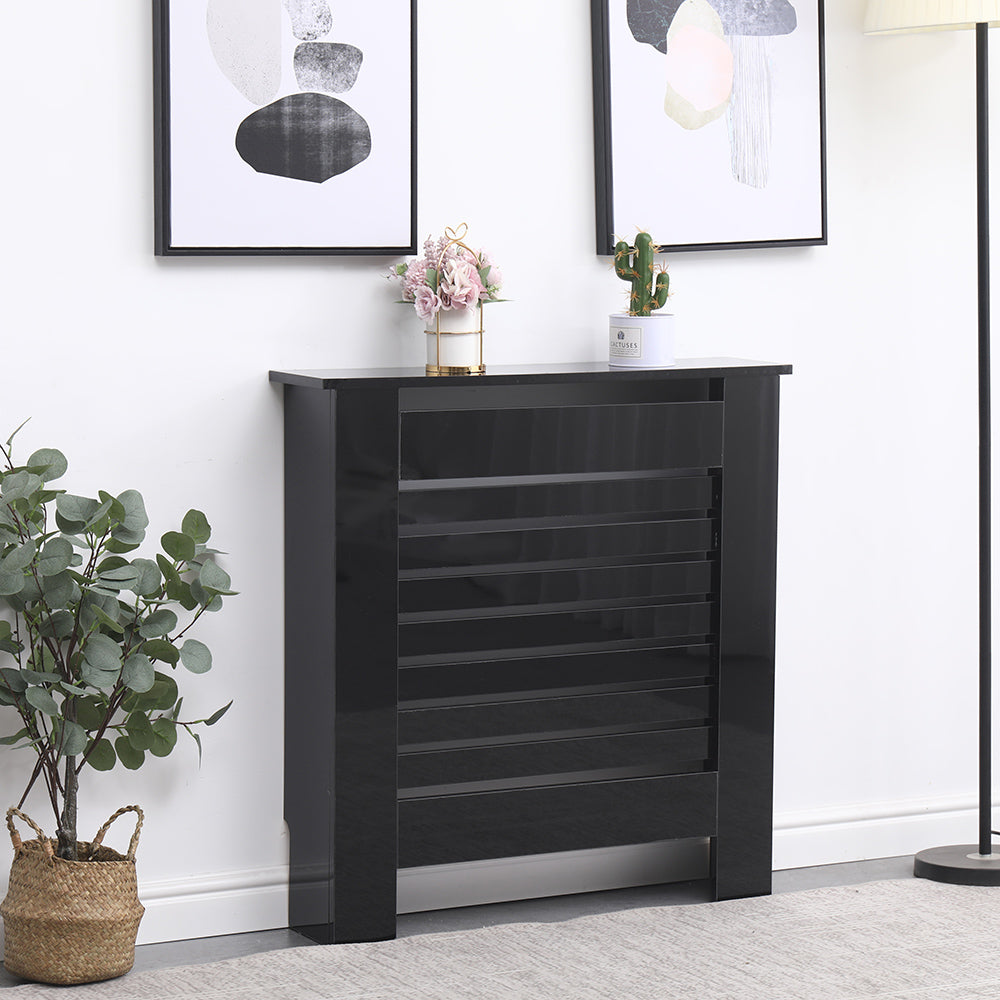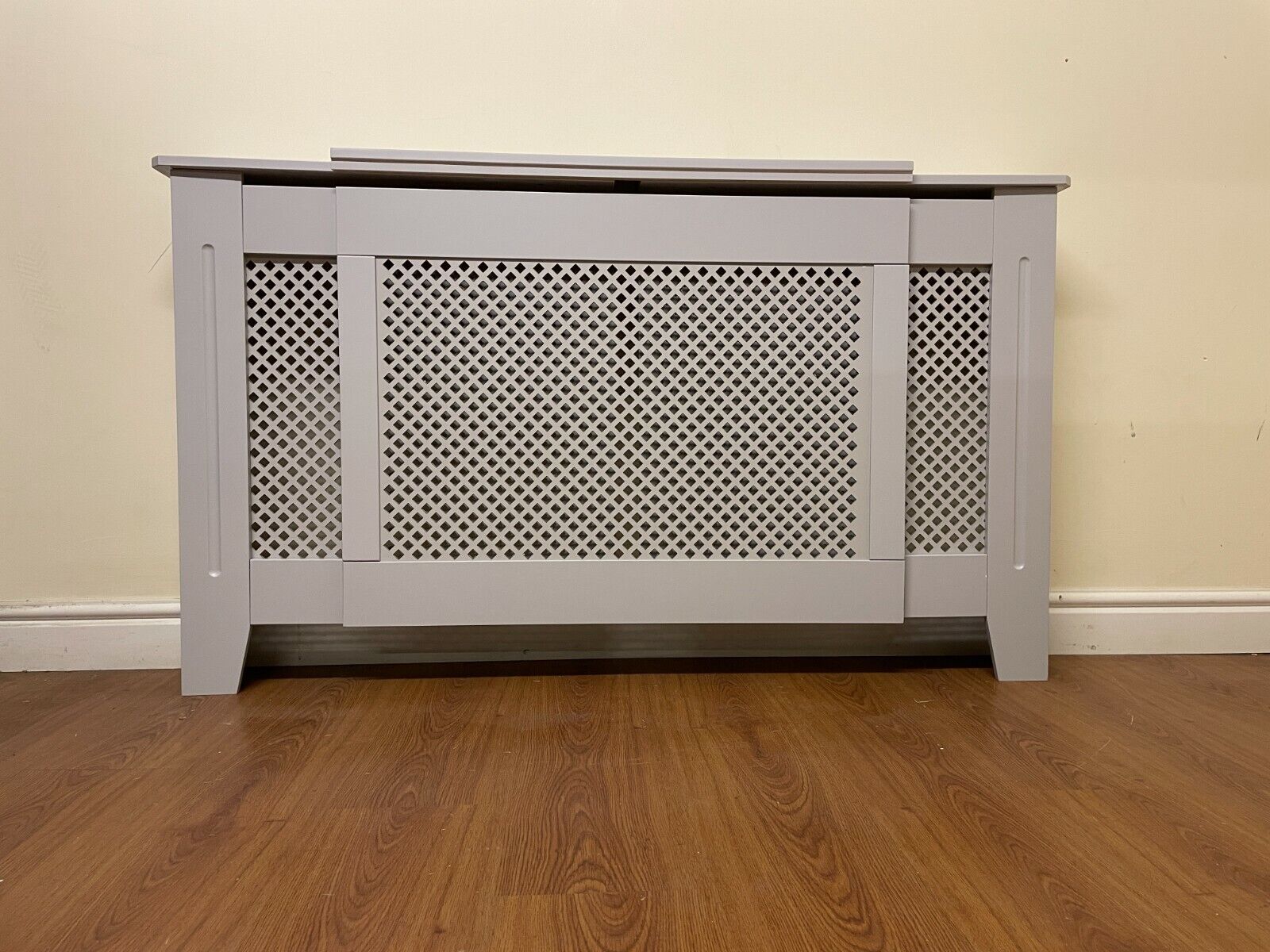How a Radiator Cover Can Boost Power Performance in Your Home
How a Radiator Cover Can Boost Power Performance in Your Home
Blog Article
Radiator Covers: Understanding Products, Layouts, and Advantages
Radiator covers offer both aesthetic and practical functions within a home, providing an array of materials such as hardwood, metal, and MDF to match different design choices. Picking the best radiator cover involves recognizing the nuances of materials, designs, and their associated benefits.
Kinds Of Products


Wood covers, frequently crafted from woods such as oak or maple, offer a timeless, cozy appearance that complements conventional insides. Their durability and capacity to be tarnished or repainted contribute to their adaptability. Steel covers, usually made from steel or aluminum, are preferred for their effectiveness and modern-day look, usually including sleek lines that enhance modern spaces.
MDF, a manufactured wood item, is popular for its cost-effectiveness and convenience of customization. It can be repainted or finished to match existing style while providing a smooth surface area. Plastic covers, while much less common, are immune and light-weight to wetness, making them ideal for humid settings.
Inevitably, the option of material for a radiator cover should straighten with the property owner's style preferences, practical demands, and the specific atmosphere where the cover will certainly be set up. Each product offers an unique personality, ensuring that there is an alternative to suit every taste and setup.
Popular Design Styles
Highlighting visual charm, prominent layout styles for radiator covers show a variety of preferences and interior style fads. Standard designs commonly include elaborate woodwork and elaborate detailing, making them appropriate for vintage-inspired or classic interiors. These covers usually integrate carved components, providing a warm and inviting feel to any space.
On the other hand, contemporary styles concentrate on minimal aesthetic appeals, characterized by clean lines and downplayed elegance. Products such as metal or smooth wood with a smooth finish are frequently utilized, permitting these covers to mix flawlessly right into modern-day rooms. Industrial styles, on the other hand, accept basic materials like exposed metal and concrete, including a vibrant statement to loft or urban settings.
For those looking for a special touch, bespoke designs offer modification choices that satisfy private choices, allowing house owners to choose shades, patterns, and products that match their design. Furthermore, farmhouse-style covers integrate rustic aspects, featuring troubled wood and straightforward types that stimulate a relaxing, country beauty.
Advantages of Radiator Covers
Radiator covers not just improve the visual allure of an area however likewise use numerous practical benefits that make them a worthwhile addition to any home. One of the main benefits is safety, specifically in households with animals or children. Covers lower the threat of burns from hot radiator surfaces, guaranteeing a safer environment.
In addition, radiator covers can improve energy efficiency. By directing warmth right into the space instead than enabling it to leave, they assist maintain a consistent temperature, reducing heating prices over time. This is particularly useful in older homes where radiator systems might be much less efficient.
One more noteworthy advantage is sound reduction. Radiators can often generate undesirable noises during procedure, and covers can aid smother these noises, adding to a more calm living area. Radiator covers can be practical, providing extra storage or screen area, thus maximizing the energy of often-overlooked areas.
Last but not least, they can shield radiators from dust and debris, which can prevent performance and rise upkeep demands. With these integrated benefits, radiator covers become a practical service for improving both the capability and style of any type of home atmosphere.
Installment Considerations
Setting up radiator covers calls for careful consideration to make sure both performance and safety and security (Radiator cover). Analyze the measurements of your radiator and the surrounding space to make sure an click to find out more appropriate fit. Accurate dimensions are crucial; an uncomfortable cover can obstruct heat circulation or produce safety dangers
Next, examine the product of the cover. While timber uses visual allure, metal options may provide much better durability and heat resistance. Think about the weight of the cover as well; much heavier covers might need additional support or supports to stay clear of sagging or damages gradually.
Ventilation is an additional vital aspect. Covers have to include sufficient air flow to stop getting too hot news and maintain efficient home heating. Search for designs with slats or openings that permit warmth to circulate without blockage.
In addition, ensure that the cover is firmly installed to avoid crashes, specifically in homes with kids or animals. Radiator cover. It's recommended to follow the manufacturer's installment standards very closely and, if needed, seek advice from an expert for complex installations
Maintenance and Care Tips
Proper upkeep of radiator covers is vital for guaranteeing their long life and ideal efficiency. Routine cleaning is essential; dirt and debris can build up, blocking air flow and decreasing warm efficiency. Use a soft, wet fabric or a microfiber duster to delicately clean the surface area, staying clear of extreme chemicals that might damage the coating. For repainted or timber covers, take into consideration a suitable gloss or protective covering to preserve their look.
Evaluate the covers periodically for indicators of wear or damage, such as splits or peeling paint. Dealing with these concerns immediately can avoid further degeneration. Ensure that the covers are securely secured and inspect for any kind of loosened screws or installations, as resonances from the radiator can loosen them over time.
In cooler months, stay clear of positioning heavy items or decorative products on top of the radiator covers, as this can hamper heat circulation and create unneeded anxiety to the framework. Lastly, consider seasonal upkeep by getting rid of the covers for comprehensive cleaning and assessment during warmer months when the heater is inactive. Adopting these straightforward treatment pointers will improve the efficiency and visual allure of your radiator covers, ensuring they offer their purpose efficiently for many years Visit Your URL to come.

Conclusion
In recap, radiator covers offer as useful and aesthetic enhancements to household rooms. The varied range of products, consisting of woods, mdf, metal, and plastic, enables positioning with various style styles such as traditional, contemporary, industrial, and farmhouse. The benefits of these covers prolong beyond security and power effectiveness to consist of extra storage and dust defense. Careful factor to consider of installation and maintenance further ensures the longevity and effectiveness of radiator covers in any home environment.
Radiator covers offer both practical and aesthetic objectives within a home, providing an array of products such as wood, metal, and MDF to match various layout preferences. Choosing the right radiator cover includes recognizing the nuances of materials, styles, and their associated benefits.Emphasizing visual charm, preferred layout styles for radiator covers mirror a variety of tastes and indoor design trends.Radiator covers not only improve the aesthetic charm of a room yet also offer a number of functional benefits that make them a worthwhile enhancement to any type of home. Take into consideration the weight of the cover as well; larger covers might require extra assistance or supports to stay clear of drooping or damage over time.
Report this page